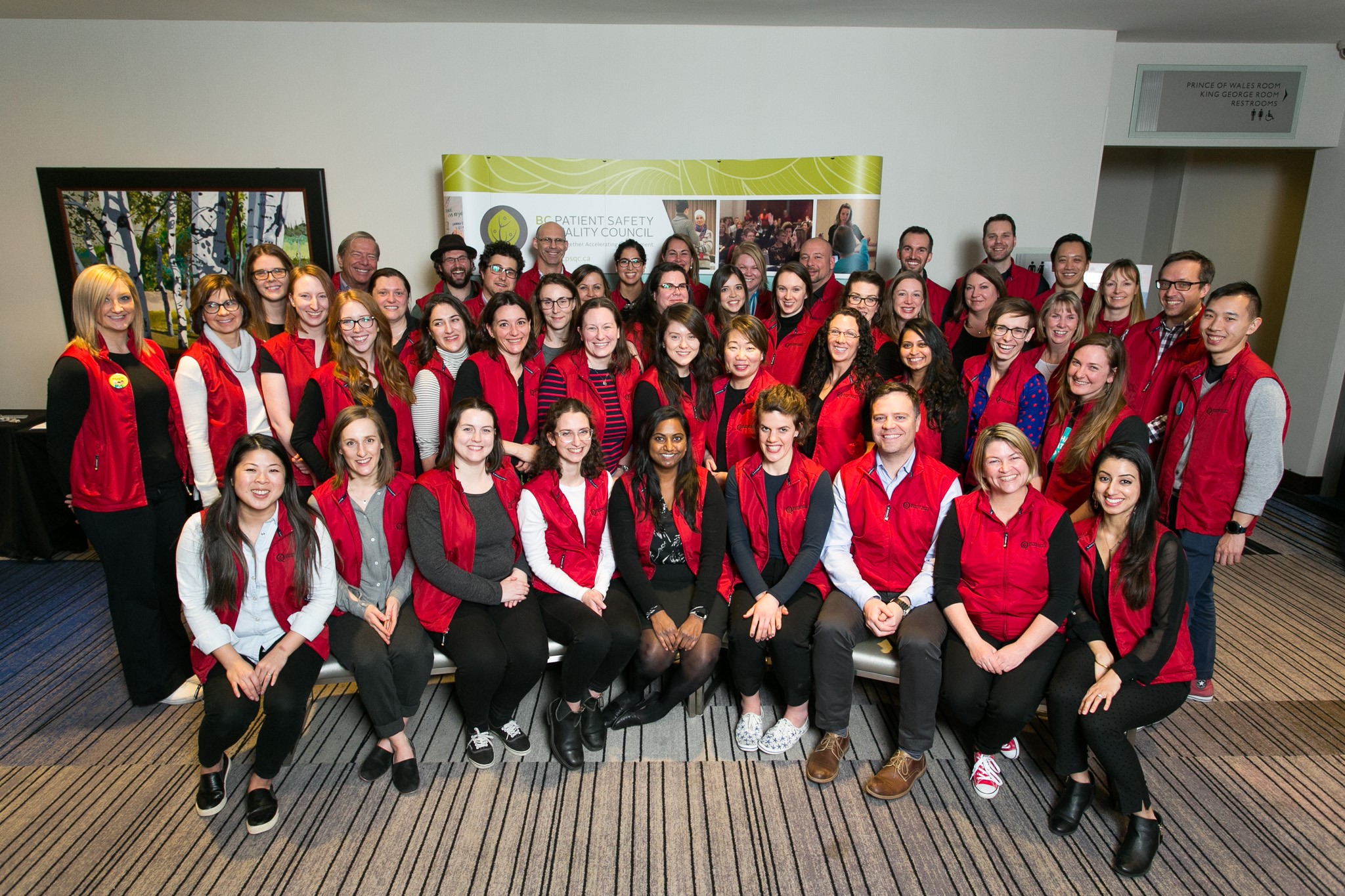Posted • Last updated
Closed
Open to Interior Region, Patient partners from Penticton and the surrounding area
Last updated
If you have experienced a transition from acute care at Penticton Regional Hospital to hospice care at Moog and Friends Hospice House, we invite you to attend a two-day process mapping session to look at opportunities to improve the patient journey.
Open to: Patient partners from Penticton and the surrounding area
Lead Organization or Department
Interior Health, Lean Promotion OfficeAim
The purpose of this opportunity is to map out the transition process with all of the players involved and look for areas for improvement to patient care while ensuring timely transfer of palliative patients from acute care to Moog and Friends Hospice House. The role of a patient partner in this process is to help us identify what a patient really cares about and highlight opportunities for improvement that staff may not recognize in their day-to-day work.Level of Engagement
This opportunity is at the level of consult on the spectrum of engagement. The promise to you is that the health care partner will listen to and acknowledge your ideas and concerns, and provide feedback on how your input affected the decision.Eligibility
- Experience with transferring from a hospital to Hospice House, either as a patient, family member or caregiver
Logistics
Vacancies: 1 Location, Date, Time: The event will run from February 14 - 15 from 800 to 1600 each day at Penticton Regional Hospital. Commitment: One-time eventReimbursement
The health care partner is looking into covering the cost of parking and lunch, this will be confirmed as soon as possible.Background
Patient partners are critical in bringing in the patient voice during this mapping process. During the event, sticky notes will be used to map out the steps in the process and at the same time discuss where the issues lie within each step. There will be dedicated time to brainstorm individually and as a group to come up with improvement ideas that will be transferred to an Action Plan to be used moving forward. Participants will include: nurses, unit clerks, managers, Patient Care Coordinator, administrators, doctors Current Situation: • Palliative paper work consists of many documents; physicians complain of time consuming process to complete • If any of the documents are not completed fully or done accurately, they do not proceed with application until all documents are in hand • There is the perception that acute care requires written discharge order from physician before transferring patient to Hospice • Acute care faxes the Provincial Palliative Program application to Hospice, who in turn, faxes it to the Ministry of Health in Victoria; Victoria then faxes it back to Hospice, who then informs acute care of the approval/denial • Hospice House has no Patient Care Coordinator or Unit Clerk on weekends and holidays; if the nurse is busy, this can delay reviewing applications faxed from acute care and sending to Victoria for approval • There is a perception that Hospice does not consider transferring patients from acute as a priorityHealth Care Partner Contact Information
Carol Stathers
Engagement Leader, Patient and Public Engagement | Okanagan, Interior Region
778.516.3308
cstathers@bcpsqc.ca

